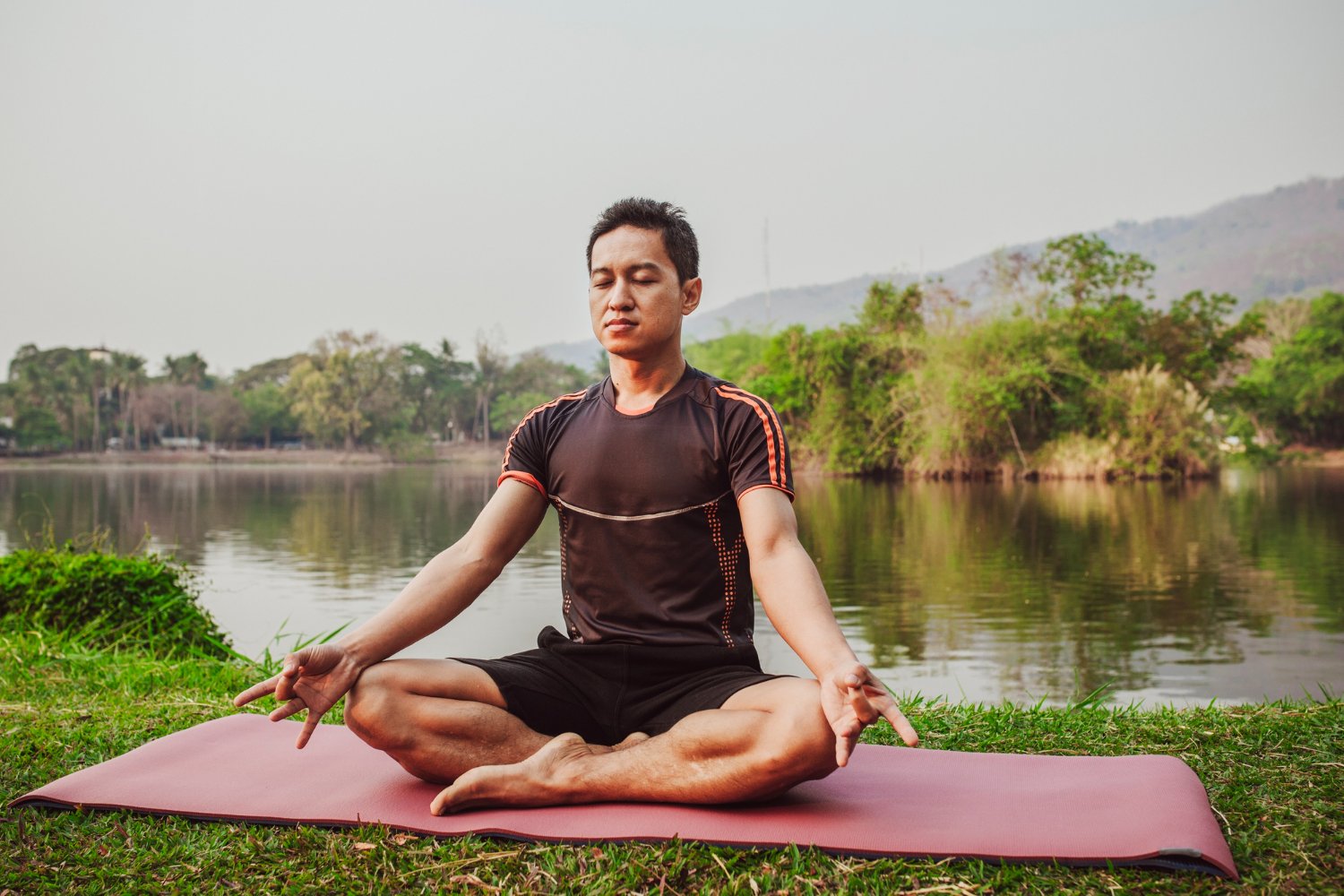Embark on a journey through time and philosophy as we delve into the rich history of yoga and its fundamental limbs. Dating back thousands of years, yoga has evolved from ancient spiritual practices to a global phenomenon embraced by millions. Let’s uncover the essence of yoga and its transformative power.
The origins of yoga can be traced to ancient India, where it emerged as a spiritual discipline aiming to unite the body, mind, and soul. Rooted in philosophical texts like the Vedas and Upanishads, yoga evolved over centuries, culminating in the codification of its principles by the sage Patanjali in the Yoga Sutras.
Patanjali’s Yoga Sutras, written around 400 CE, serve as the cornerstone of classical yoga philosophy. Central to this text are the eight limbs of yoga, known as Ashtanga Yoga, which provide a comprehensive framework for spiritual growth and self-realization.
- Yamas: These are ethical guidelines governing how we interact with the world around us. They include principles such as non-violence (ahimsa), truthfulness (satya), and moderation (brahmacharya).
- Niyamas: These are personal observances aimed at cultivating self-discipline and inner purity. They encompass practices like self-study (svadhyaya), contentment (santosha), and devotion (ishvara pranidhana).
- Asanas: Asanas refer to physical postures practiced in yoga. Beyond their physical benefits, asanas are designed to promote balance, flexibility, and mindfulness.
- Pranayama: Pranayama involves breath control techniques that enhance vitality and harness the life force (prana). Through pranayama, practitioners learn to regulate their breath, leading to a deeper connection between body and mind.
- Pratyahara: Pratyahara is the withdrawal of the senses from external stimuli. By turning inward, practitioners cultivate heightened awareness and concentration.
- Dharana: Dharana signifies concentration, focusing the mind on a single point or object. Through sustained concentration, practitioners develop mental clarity and control.
- Dhyana: Dhyana, or meditation, is the continuous flow of awareness directed towards an object of contemplation. Meditation fosters inner peace, insight, and spiritual growth.
- Samadhi: Samadhi is the ultimate goal of yoga, representing a state of profound absorption and union with the divine. In Samadhi, the practitioner experiences transcendence beyond the ego and realizes their true nature.
The practice of yoga offers a holistic approach to well-being, encompassing physical, mental, and spiritual dimensions. As we honor its ancient roots and embrace its timeless wisdom, let us embark on a journey of self-discovery and transformation through the timeless teachings of yoga.

